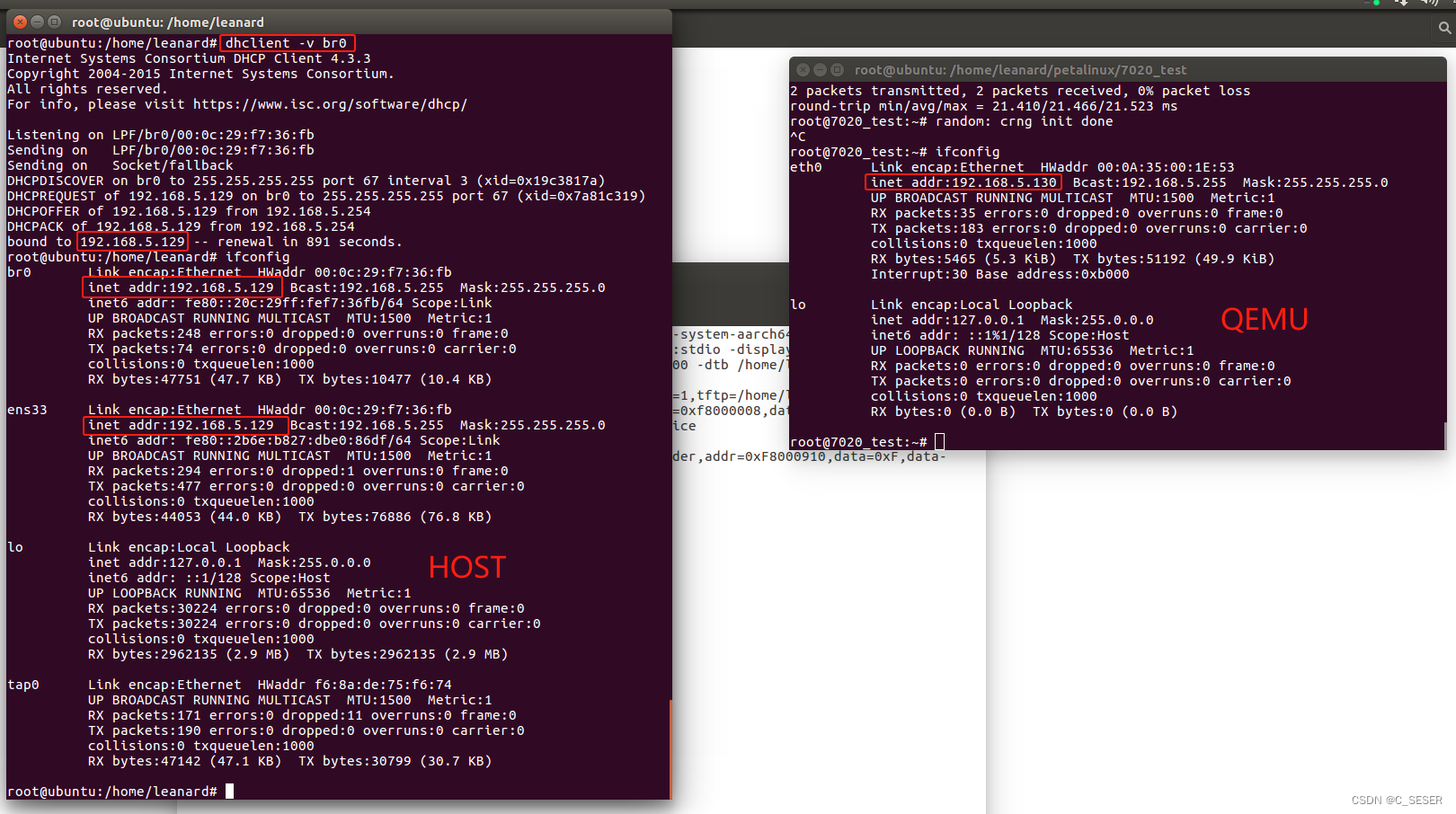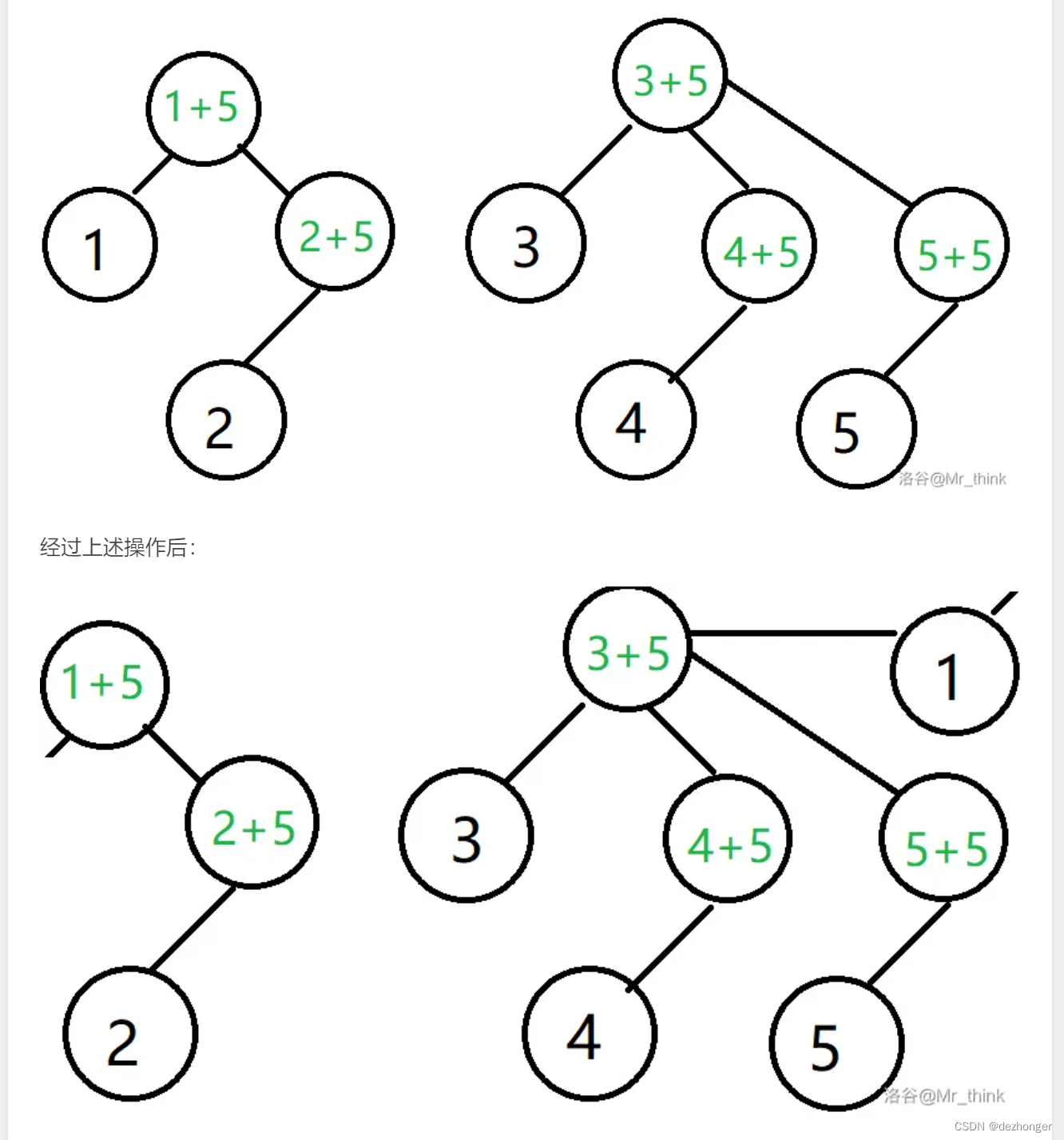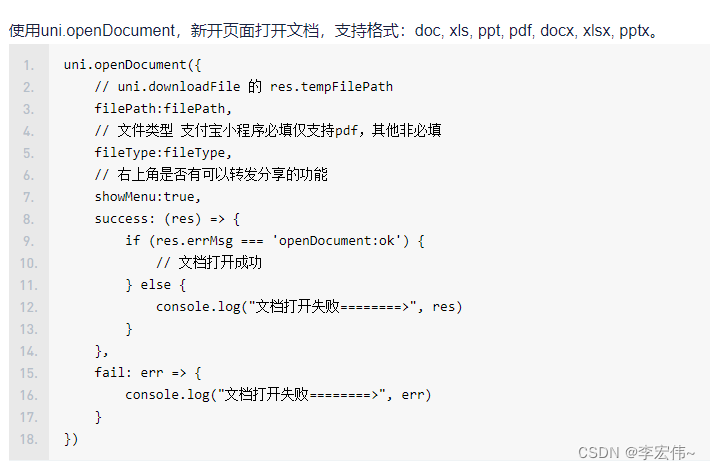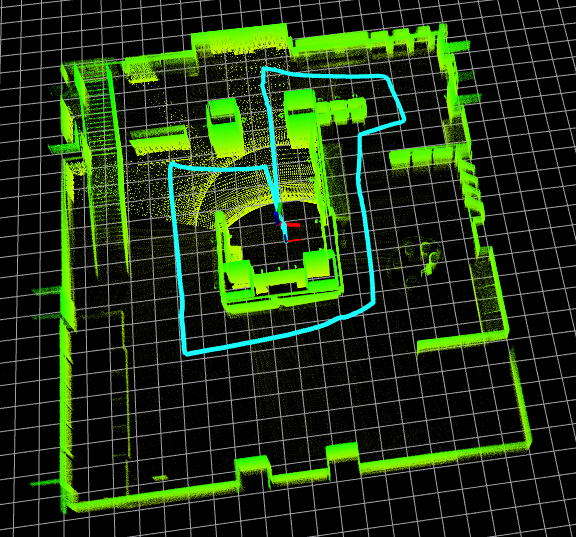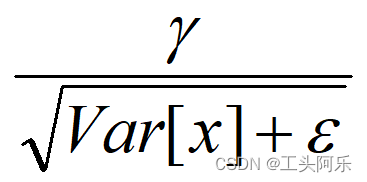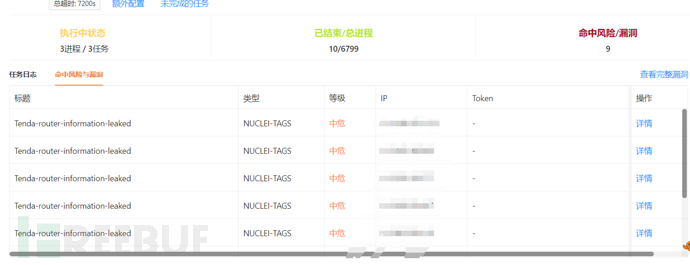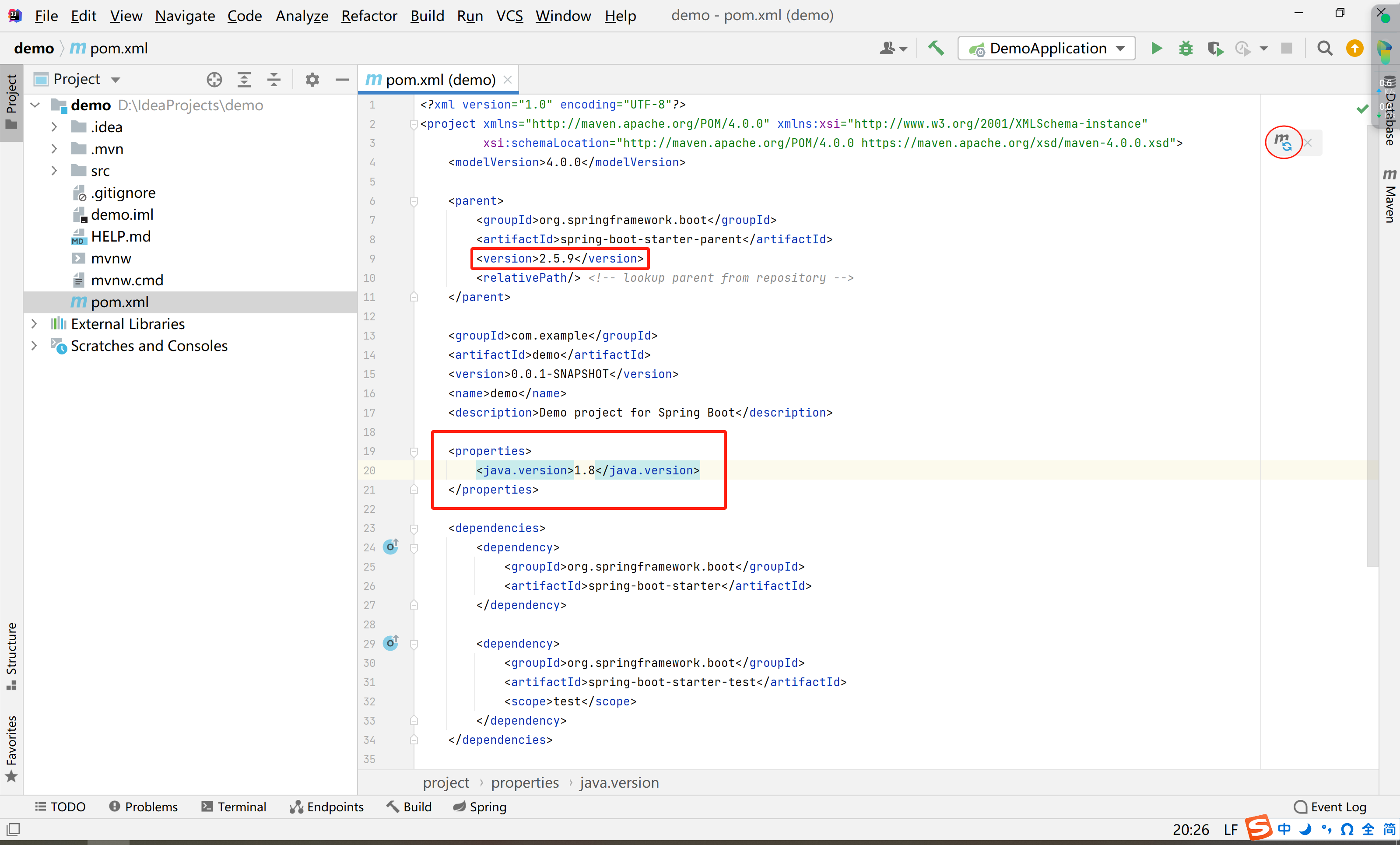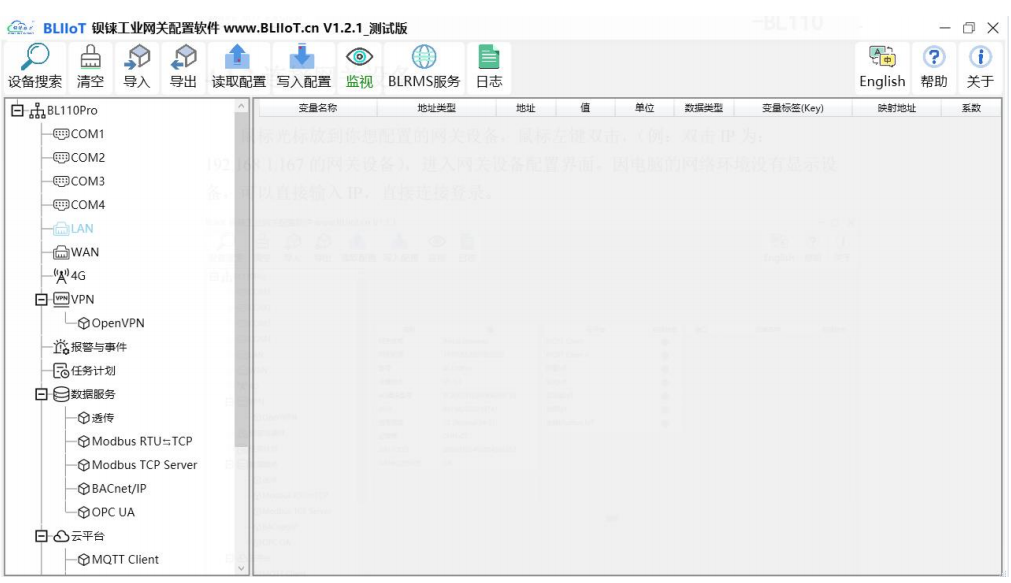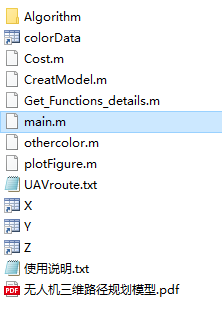目录
一.链式栈的栈顶在哪里?
二.链栈的结构:
三.链式栈的实现:
四.链式栈的总结:
一.链式栈的栈顶在哪里?
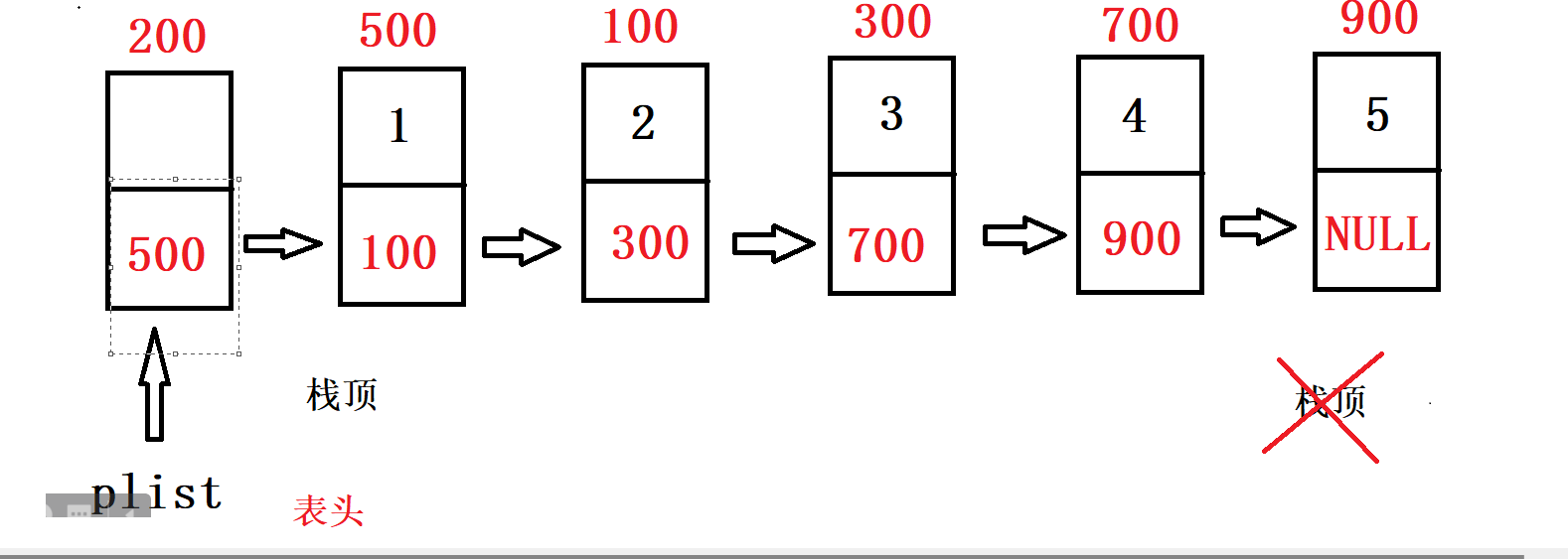
二.链栈的结构:
typedef struct LSNode{
int data;
struct LSNode* next;
}LSNode ,*PLStack;//链栈的节点.由于栈顶在第一个数据节点,所以不需要top指针
三.链式栈的实现:
//初始化
void InitStack(PLStack ps)
{
assert(ps != NULL);
if (ps == NULL)
return;
ps->next = NULL;
}
//往栈中入数据(入栈操作)
bool Push(PLStack ps, int val)
{
assert(ps != NULL);
if (ps == NULL)
return false;
LSNode* p = (LSNode*)malloc(sizeof(LSNode));
assert(p != NULL);
p->data = val;
p->next = ps->next;
ps->next = p;
return true;
}
//获取栈顶元素的值,但是不删除
bool GetTop(PLStack ps, int* rtval )
{
assert(ps != NULL);
if (ps == NULL)
return false;
if (IsEmpty(ps))
return false;
*rtval=ps->next->data;
return true;
}
//获取栈顶元素的值,但是删除
bool Pop(PLStack ps, int* rtval)
{
assert(ps != NULL);
if (ps == NULL)
return false;
if (IsEmpty(ps))
return false;
LSNode* p = ps->next;
*rtval = p->data;
ps->next = p->next;
free(p);
return true;
}
//判空
bool IsEmpty(PLStack ps)
{
return ps->next == NULL;
}
//获取栈中有效元素的个数
int GetLength(PLStack ps)
{
assert(ps != NULL);
if (ps == NULL)
return -1;
int count = 0;
for (LSNode* p = ps->next; p != NULL; p = p->next)
{
count++;
}
return count;
}
//清空所有的数据
void Clear(PLStack ps)
{
Destroy(ps);
}
//销毁
void Destroy(PLStack ps)
{
//总是删除第一个数据节点
LSNode* p;
while (ps->next != NULL)
{
p = ps->next;
ps->next = p->next;
free(p);
}
}四.链式栈的总结:
链栈栈顶:栈顶在表头(即第一个数据节点)(时间复杂度是O(1))


